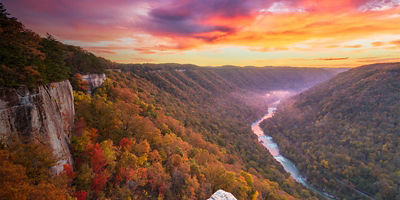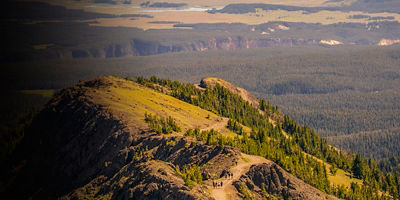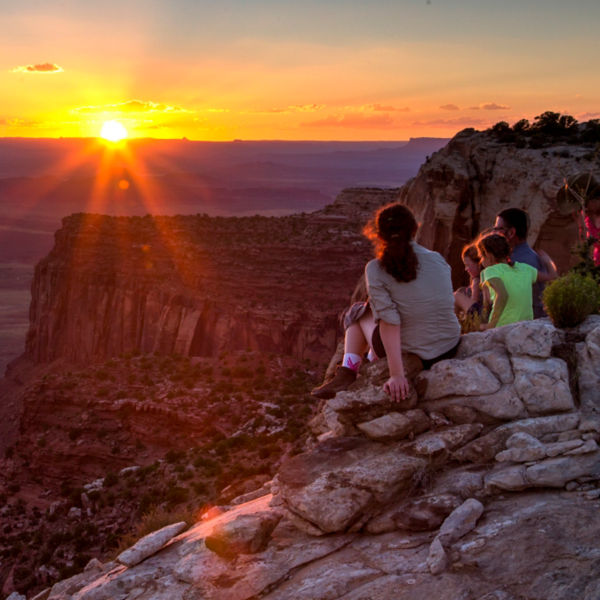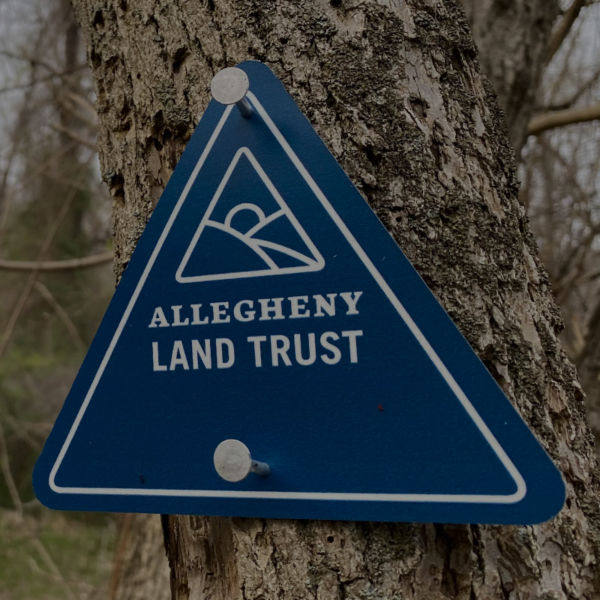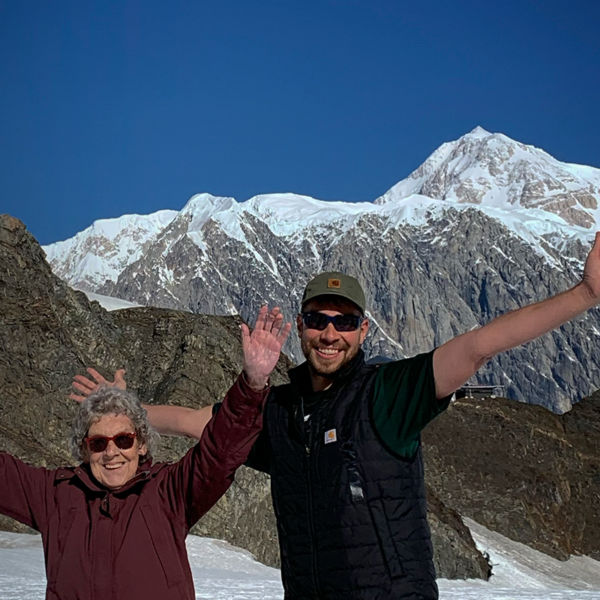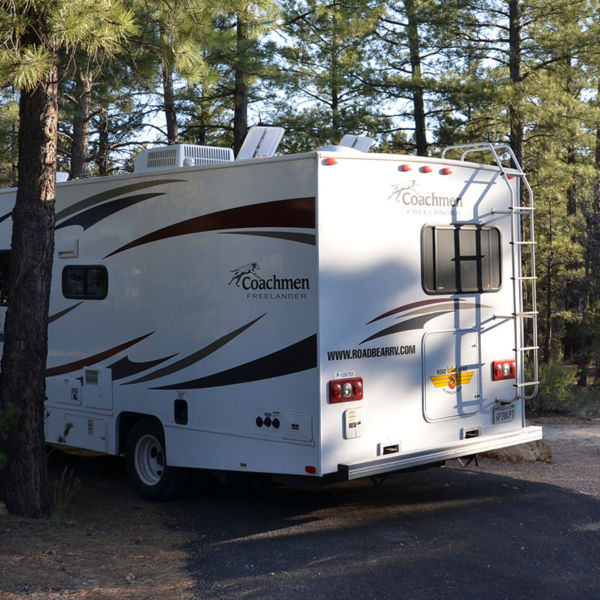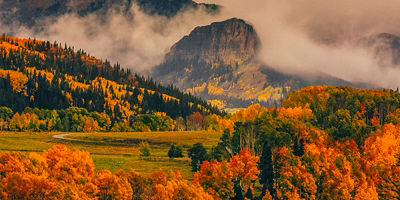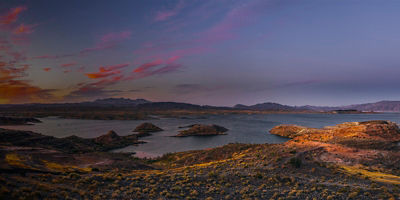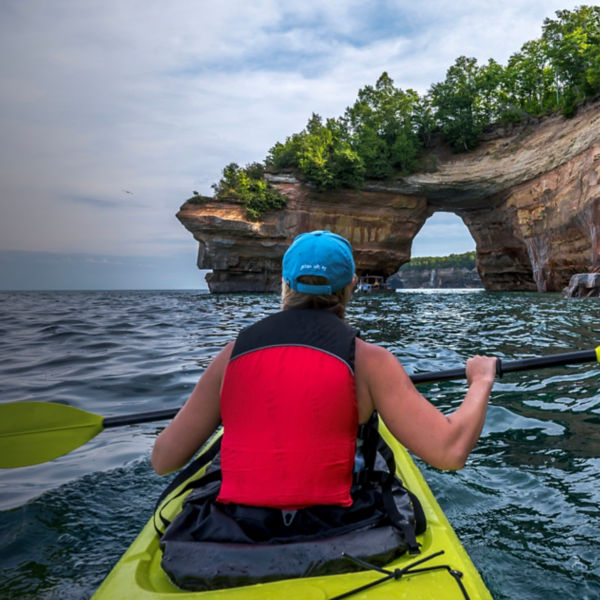
Photo: Michael DeYoung/TandemStock
In 1965, President Lyndon B. Johnson addressed Congress about a subject that seems even more pressing today: the need to prevent the country’s growing population from “swallowing up areas of natural beauty.”
Then as now, America’s national parks were suffering from overcrowding and “areas of recreation and pleasure” were increasingly burdened with an overwhelming number of visitors. President Johnson appreciated the demand, but took issue with the supply. He wanted to protect what he saw as a critically important resource: the ability for the people of the United States to access and enjoy the outdoors.
He was concerned that more people were crowding into cities “and being cut off from nature,” and that development was wiping out green spaces. The president advocated for a new style of conservation that encouraged easy access for all no matter social status, race, or zip code.
The solution in the president’s mind was simple: a system of trails that spanned the country.
“The forgotten outdoorsmen of today are those who like to walk, hike, ride horseback, or bicycle. For them we must have trails as well as highways,” said President Johnson. “I am requesting, therefore, that the Secretary of the Interior work with his colleagues in the Federal Government and with State and local leaders and recommend to me a cooperative program to encourage
a national system of trails, building up the more than hundred thousand miles of trails in our national forests and parks.”
The result was the National Trails System Act, which passed in October 1968. The Act created four classes of trails: National Scenic Trails, National Historic Trails, National Recreation Trails, and side and connecting trails.
The act did a number of things. First, it designated two existing trails, the Appalachian Trail and the Pacific Crest Trail, as the country’s inaugural National Scenic Trails. Second, it called for 14 other routes to be studied for potential inclusion in the system (trails can only be designated by an act of Congress). The act also called for trails to be established “near the urban areas of the Nation” in addition to scenic or historical routes in more remote locations. The point was to provide people with more accessible opportunities for recreation by creating a system of mostly non-motorized, contiguous trails that extend for 100 miles or more all over the country. These long-distance trails were envisioned as being a collaborative effort between the government and local volunteers, nonprofit trail groups, and various local, state, and federal agencies.
Today there are 11 National Scenic Trails that collectively encompass a staggering 24,600 miles. In this piece we’ll get to know each one, and elsewhere on this site you can learn more about the gear and skills you need to explore them.











































